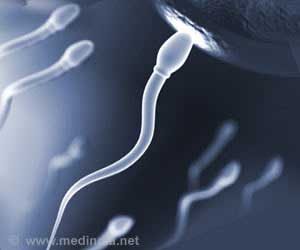A new study has found deficits in brain activation among pedophilia, patients.
Brains of the pedophilic patients have reduced reactions in the frontal cortex i.e. the pleasure center of the brain, when shown erotic pictures of adults.
In a first of its kind study where functional brain imaging was used to describe neural circuits contributing to pedophilia, researchers compared the brain activity of pedophiles to the activation in healthy individuals when viewing sexually arousing pictures of adults.Researchers at University of Cincinnati used functional magnetic resonance imaging, or fMRI while conducting their study and noted that the brains of the pedophilic patients had reduced reactions in the frontal cortex i.e. the pleasure center of the brain, when shown erotic pictures of adults. This indicated an altered sexual interest.
John H. Krystal, M.D., Editor of Biological Psychiatry and affiliated with both Yale University School of Medicine and the VA Connecticut Healthcare System, said that the findings provide clues to the complexity of pedophilia.
“The ability to intervene rationally in this disorder is limited by shortcomings in our understanding of its neurobiology. The findings provide clues to the complexity of this disorder, [and] this deficit may predispose individuals who are vulnerable to pedophilia to seek other forms of stimulation,” he said.
“It is important to acknowledge and consider however, that it is currently unknown whether this pattern of brain activation is a risk factor for the development of pedophilia or a consequence of their pedophilic sexual experiences.”
Georg Northoff, M.D., Ph.D., added: "[These findings] may open the door for better understanding the neurobiology of this disorder which is of forensic, criminal and public concern. Our results may thus be seen as the first step towards establishing a neurobiology of pedophilia which ultimately may contribute to the development of new and effective means of therapies for this debilitating disorder.”
Advertisement
The study is published in issue of Biological Psychiatry.
Advertisement
SPH /J






